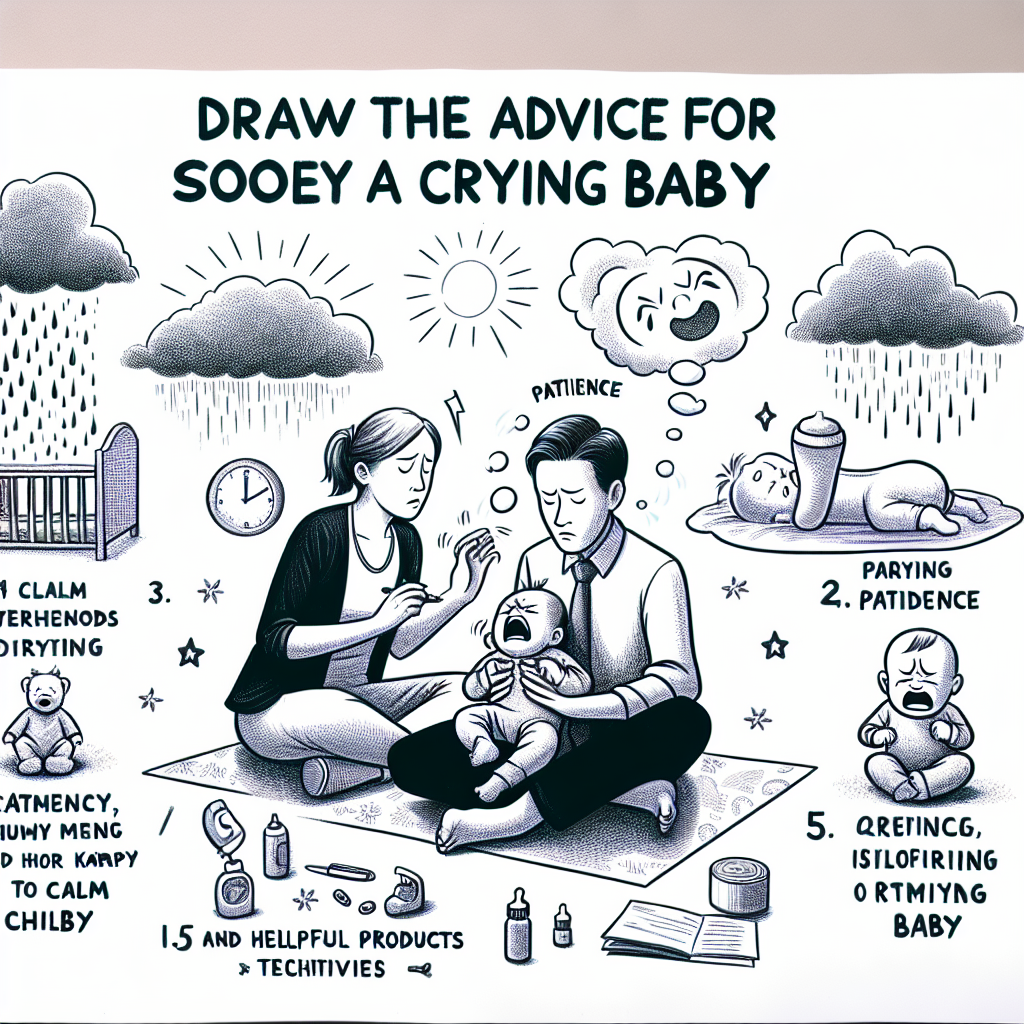Why Babies Cry: How to Calm Your Baby Fast
Becoming a parent is a transformational experience that brings us many joys but also challenges. One of the most common challenges parents face, especially new ones, is understanding why their baby cries and finding the most effective ways to soothe them. In this article, you'll discover a complete guide to what each type of baby cry means and how you can intervene to bring peace to both your baby and you.
Emotional Development and Baby Crying
Before exploring effective methods of soothing your baby, it is essential to understand their emotional development. Crying is babies' first and most direct form of communication. Through crying, newborns can express a variety of needs, from hunger and discomfort to the need for affection and reassurance.
By investigating the signals babies send through the way they cry, parents can begin to distinguish different patterns and respond more appropriately. For example, a sudden, intense cry may indicate an immediate need, such as hunger, while a quieter cry or moans may suggest that the baby is tired or bored.
How to Recognize Different Types of Crying
It is important for parents to learn to recognize and differentiate the types of baby's cries in order to respond appropriately. Here are some common clues:
- Hunger crying: often starts gradually and intensifies. Babies may put their hands to their mouths or suck your fingers.
- Discomfort crying: can be agitated and accompanied by movement. Check if the diaper is dirty or if the clothes are uncomfortable.
- Crying of fatigue: is more pitiful and may be accompanied by rubbing of the eyes.
- Overstimulation crying: can happen after a long period of intense activities or noises and often subsides in a quiet and comfortable environment.
Baby Calming Strategies
Having identified the causes of crying, the next step is to apply various soothing strategies that can have miraculous effects on the baby. Here are some useful techniques:
- Using pacifiers: Babies are often soothed by the act of sucking which reminds them of breastfeeding.
- Rocking and singing: mimics the feeling of security in the womb and can calm baby quickly.
- Babywearing: Physical closeness and constant movement can have a calming effect on babies.
- Creating a calm environment: Reduce sensory stimuli to help calm an overstimulated baby.
- Gentle massage: A gentle back or tummy massage can relax and calm a fussy baby.
Myths about Baby Crying
Over time, multiple myths related to babies' crying have emerged, which can mislead parents. One of these is the belief that if you soothe your baby every time he cries, you will teach him to be dependent on your comfort. However, studies show that responding promptly to your baby's cries can lead to the development of a stronger sense of security and independence as they grow.
When to Seek Professional Help
While crying is normal for babies, there are times when it can indicate a medical or other serious problem. If your baby's crying is constant and inconsolable, or if you notice other worrying symptoms such as fever or breathing problems, it is essential to consult a pediatrician.
Conclusion
Understanding and soothing your baby's crying is a fundamental part of parenting. By having adequate knowledge of your baby's emotional development and different soothing strategies, you can build a stronger bond with your baby and make parenting much more enjoyable and less stressful. So, embrace the challenges and savor the special moments spent with your little one.
If you would like more information or need products that can help you on your parenting journey, we encourage you to visit our store or subscribe to our newsletter. together we can create a loving and safe environment for your baby's healthy development.














































































































































